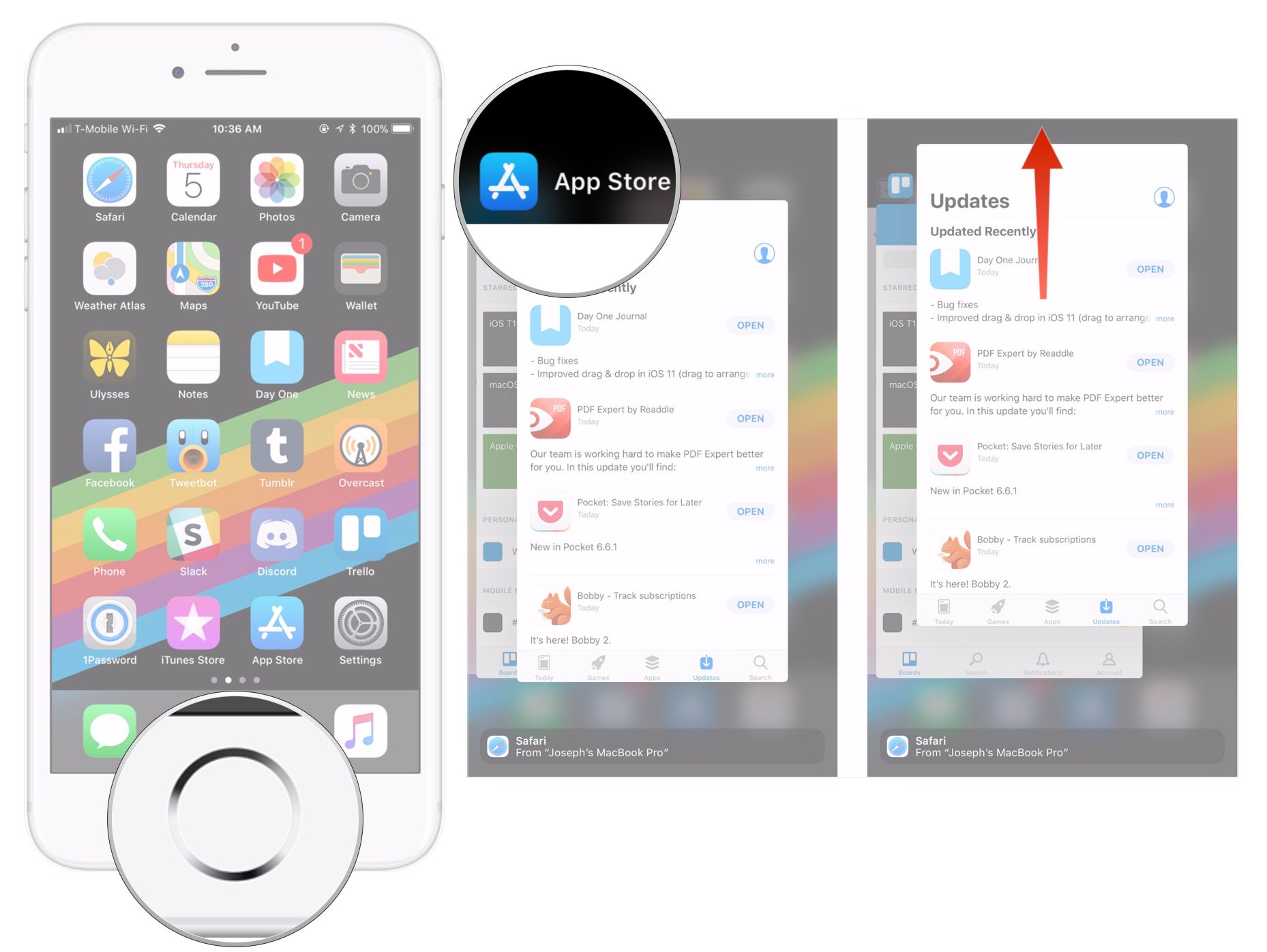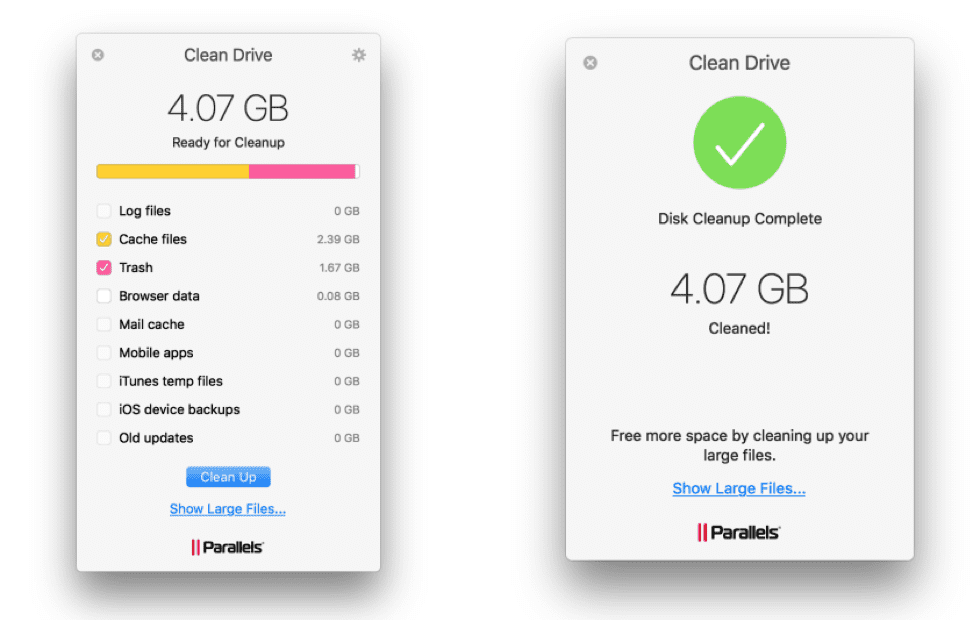Often, when you try to shut down, reboot, or exit Windows, you may have seen the operating system that reports that an app prevents this. To turn off the system, you need to click on the appropriate button to force the software to stop the interfering procedure.

If you do not click the button within a certain period of time, Windows 10 will cancel the action you ordered. Is there a way to prevent and automatically force applications to shut down when restarting/shutting down the computer?
Force restart on an iPhone 7 (or earlier) Press and hold both the home and the side (or top, depending on the model) buttons for at least 10 seconds, until you see the Apple logo. Force restart on. Actually, Memory Cleaner was designed to clean inactive RAM and speed up your Mac, however, it has a feature to force close apps. Here are the steps to force quit apps using the Memory Cleaner app: Download Memory Cleaner and launch it. Use this link to download the app for free. Click the Memory Cleaner icon in the toolbar. Just right-click on.
Force automatic closing of apps when Windows 10 is restarted/shut down
Typically, when you shut down or restart the system, Windows attempts to automatically close all applications. However, when an application is doing something quite “challenging” in the background or if there is any unsaved open file, it could stop Windows from crashing.
This behavior of your operating system is actually an advantage: this allows you to save, for example, a document you forgot to save. Microsoft hd lifecam 5000 software. However, it is also true that sometimes some programs systematically block the restart for very mysterious reasons.
How to activate “AutoEndTasks” for a single user
If you want to prevent applications from blocking the system shutdown or restart for the current user, follow this part of the article.
Always keep in mind that no other user on your system will be affected by the changes made by following this chapter. Also, since we’re going to edit the Windows logs, run the appropriate backups. If you are not familiar with regedit and registry keys, desist or contact a more experienced user.
If you feel ready, you can proceed with the following procedure:
- go to the Start menu and, in Search programs and files, type regedit
- copy and paste it under the path in the Registry Editor’s address bar and press Enter. You will be taken to the destination key instantly: HKEY_CURRENT_USER Control Panel Desktop
- Once you are here, right click on the right panel and select New and then String Value
- rename it as AutoEndTasks
- double-click on the value you just created and type 1 in the value data field. Finally click on the OK button to save the changes.
For the changes to take effect, do not forget to reboot the system.
In case you want to cancel this operation later, you just delete the value AutoEndTasks or change the value data by setting in the appropriate field 0.
How to activate “AutoEndTasks” for a single user
If you want to automatically close apps for all users during reboot or shutdown, you can do so by slightly changing the procedure mentioned above. In fact, making changes to all users of the operating system requires administrative privileges.
- search regedit again via Start
- right click on the regedit icon and select Run as administrator
- follow the path: HKEY_USERS.DEFAULTControl PanelDesktop
win-auto-end-task-go-to-all-user-key - on the right panel, right-click and select New – String Value
- assign the name AutoEndTasks to the value and press enter to confirm
- after creating the value, double-click on it to open the Edit Value window. So type 1 in the value data field and click on the OK button to save the changes.
Restart your system. From this point on, the apps will not block the reboot or shutdown process for any user on your system. Again, to go back, you need to change the value data by setting it to 0 or directly by deleting the AutoEndTasks value.
The article introduces four commonly-used methods to restart or shut down Windows 10 computer in detail.

Video guide on how to restart or shut down Windows 10:
How to Restart or Shut Down Windows 10
Way 1: Restart or shut down Windows 10 in the Start Menu.
Step 1: Tap the lower-left Start button to open the Start Menu.
Step 2: Click the Power Options button on the top middle, and select Restart or Shut down in the list.
Way 2: Restart or shut down Windows 10 in the Quick Access Menu.
Right-click the bottom-left corner on the desktop to open the menu, tap Shut down or sign out and choose Restart or Shut down in the sub-menu.
Way 3: Restart or shut down Windows 10 in the Shut Down Windows dialog.
How To Force Shut Down An App
Step 1: Press Alt+F4 to open the Shut Down Windows dialog box.
Step 2: Click the down arrow, choose Restart or Shut down in the list and tap OK.
How To Force Quit Iphone Apps
Way 4: Restart or shutdown Windows 10 on the Settings Panel.
Step 1: Use Windows+C to open the Charms Menu and select Settings on it.
Step 2: Click the Power button, and choose Restart or Shut down in the pop-up list.
Related Articles:

Comments are closed.